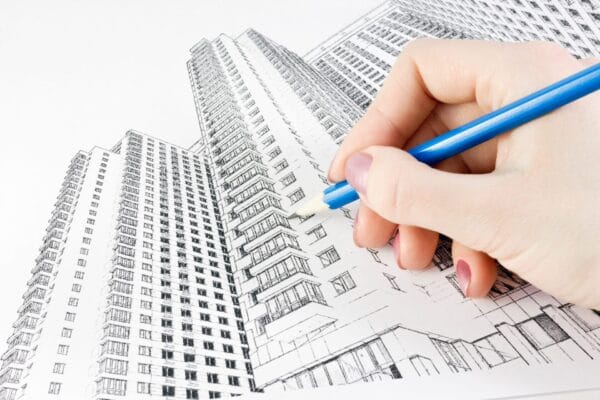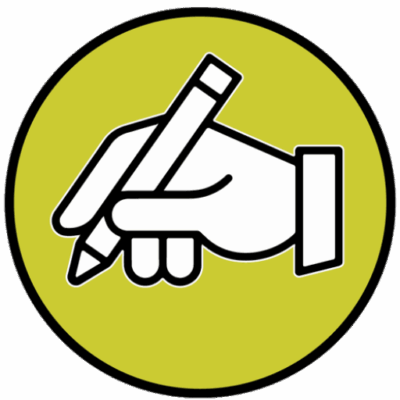Explore the art of perspective drawing and enhance your artistic skills with our comprehensive guide. Learn how to create realistic and captivating artwork, and discover the secrets to creating depth and dimensionality on a two-dimensional surface.
This is a demo store for testing purposes — no orders shall be fulfilled. Dismiss

Explore the art of perspective drawing and enhance your artistic skills with our comprehensive guide. Learn how to create realistic and captivating artwork, and discover the secrets to creating depth and dimensionality on a two-dimensional surface.
